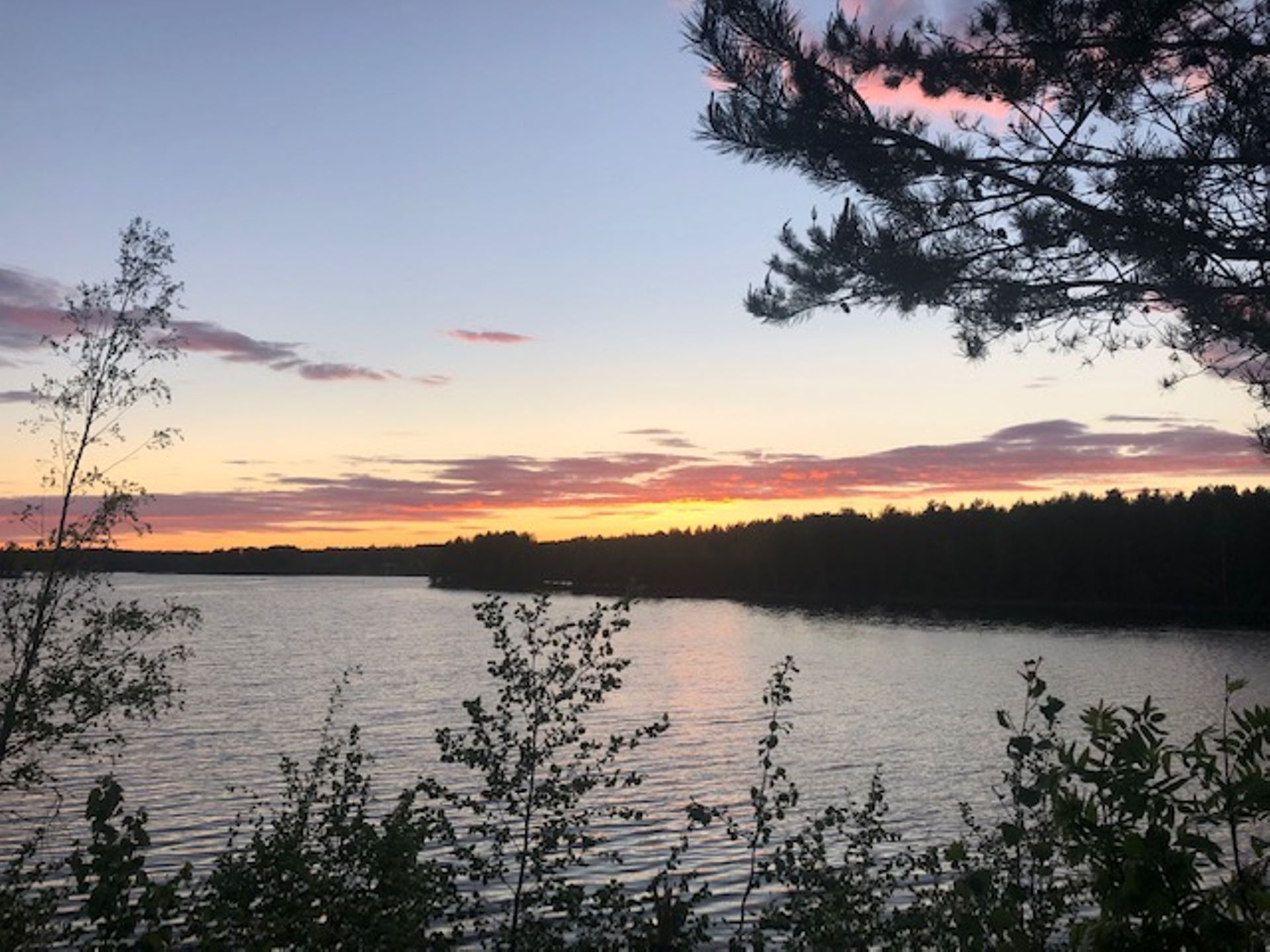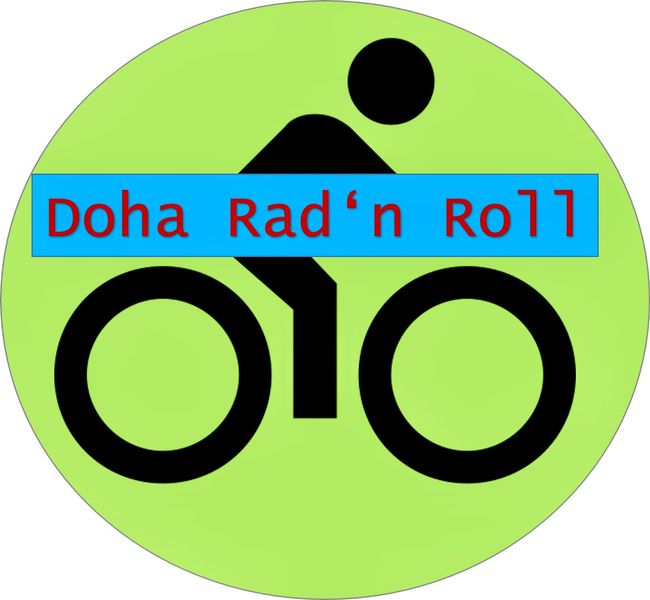Polish-German Baltic coast
Byatangajwe: 09.06.2022
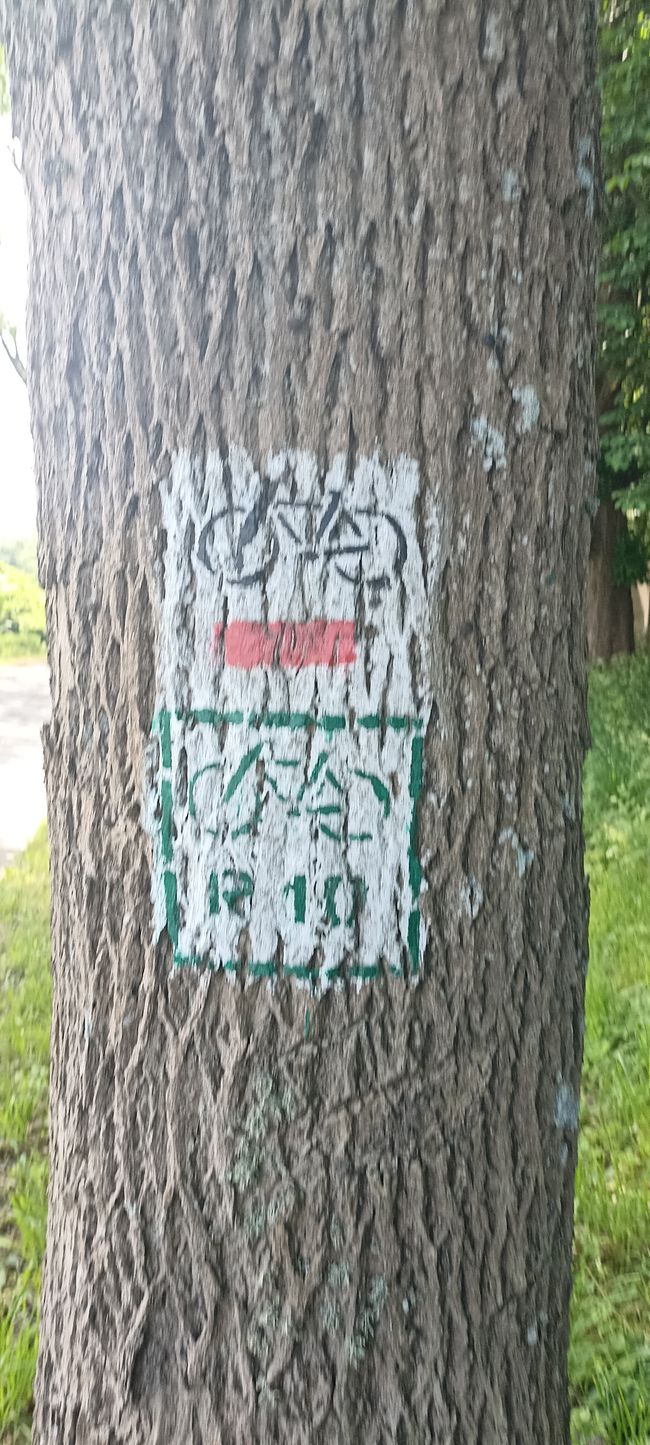
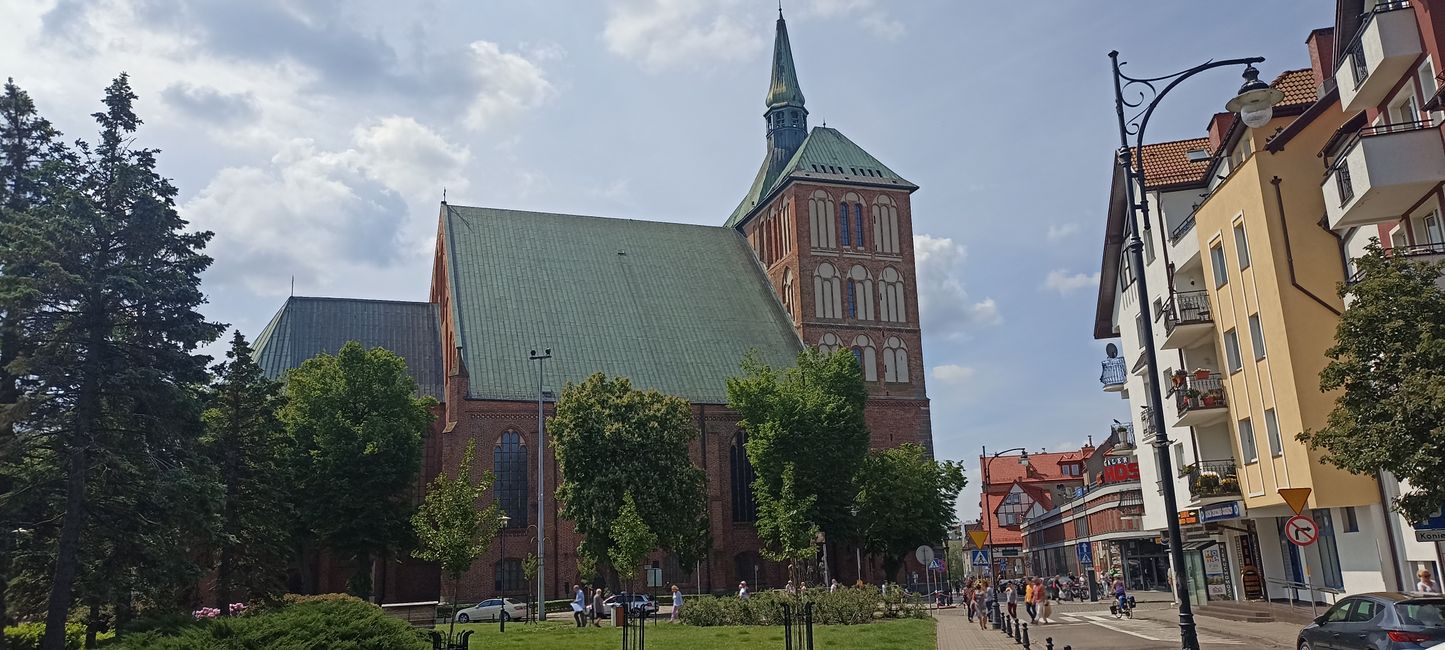
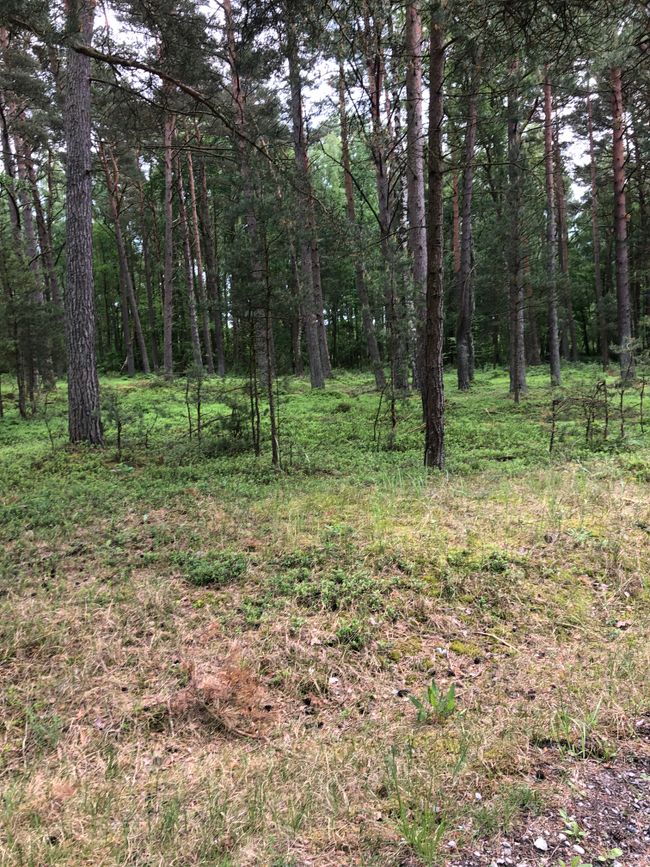
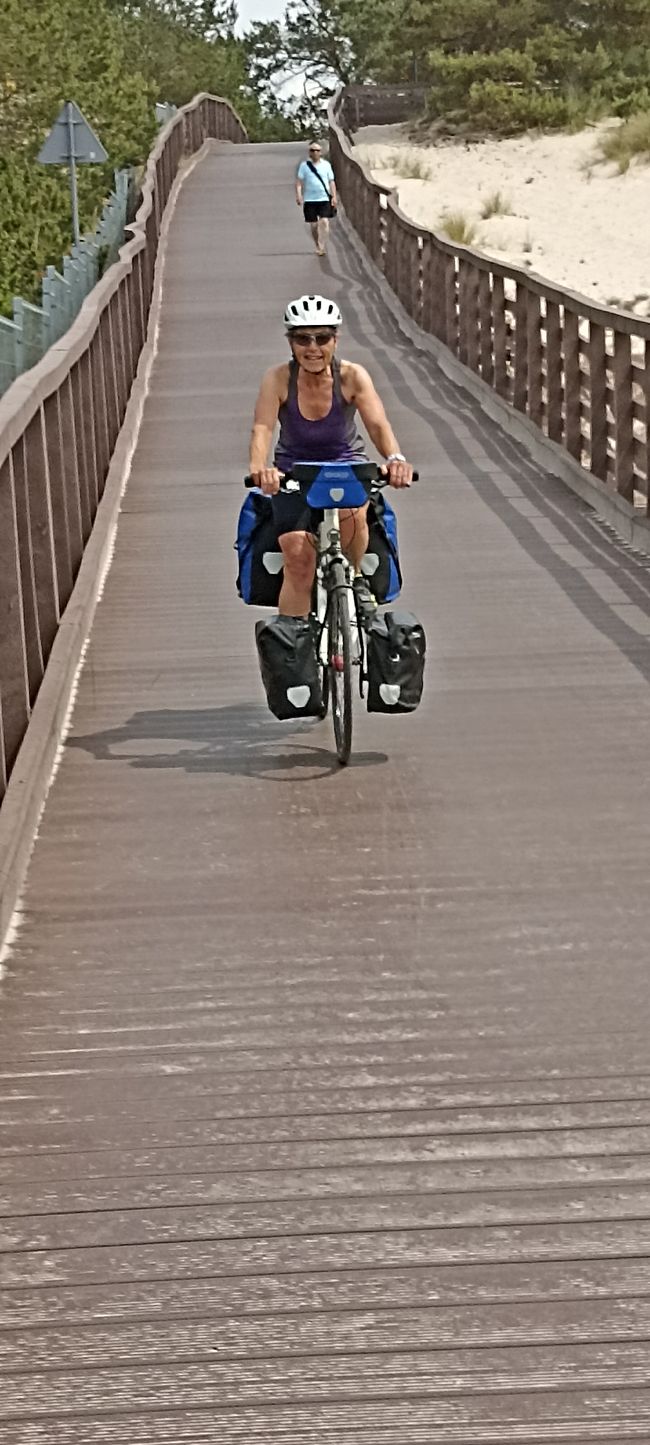
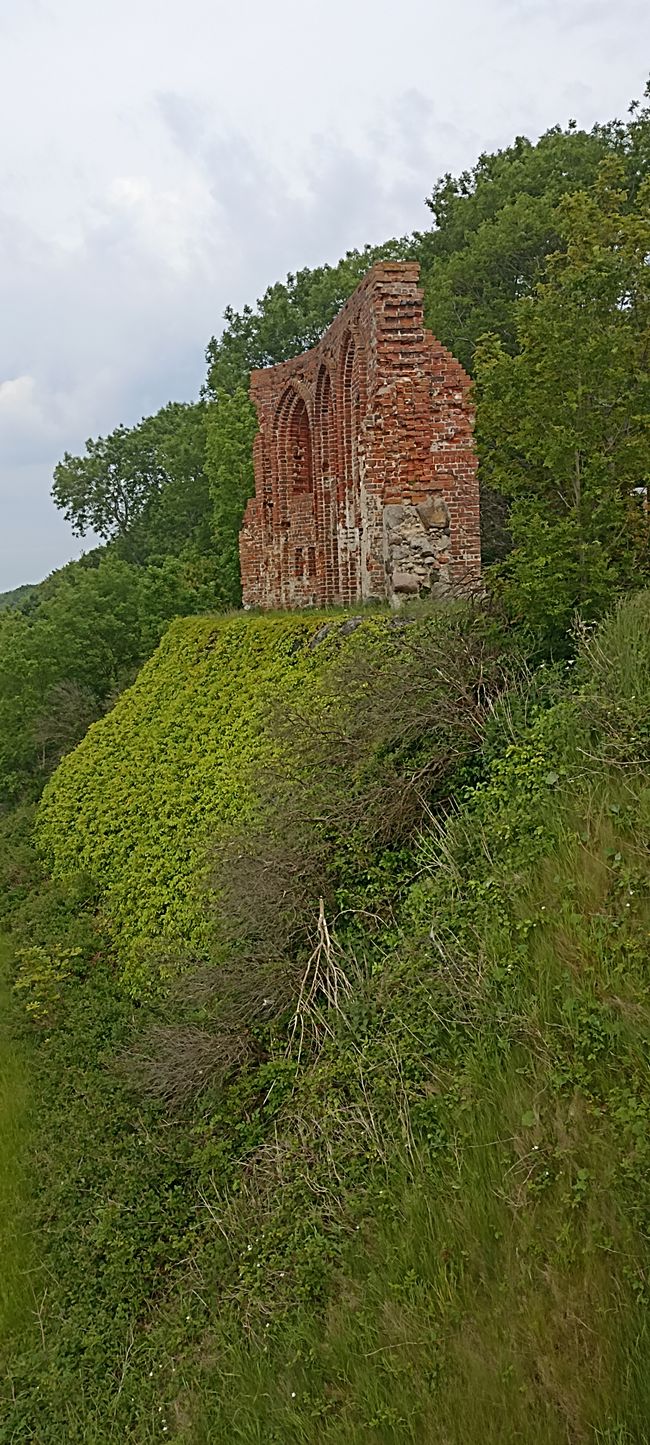
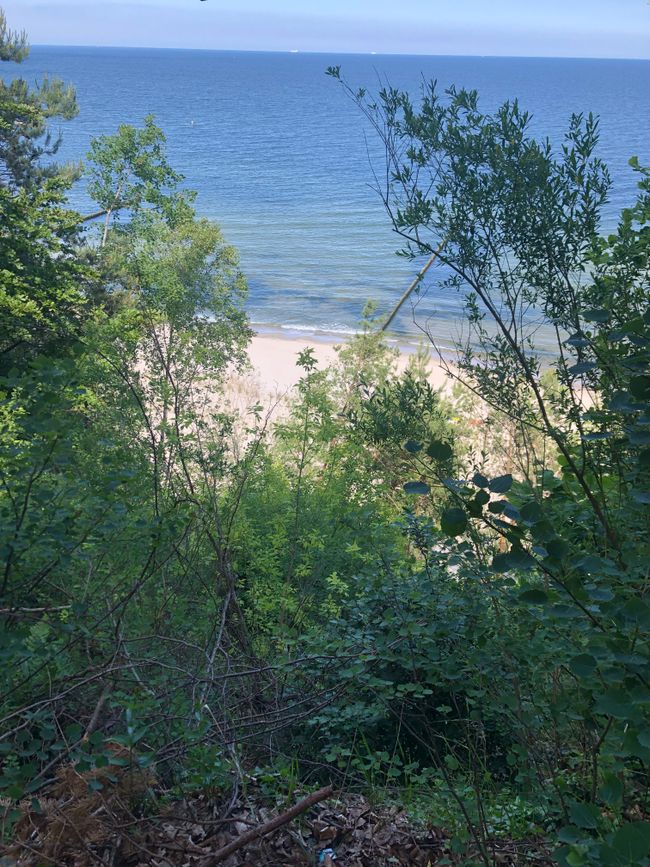
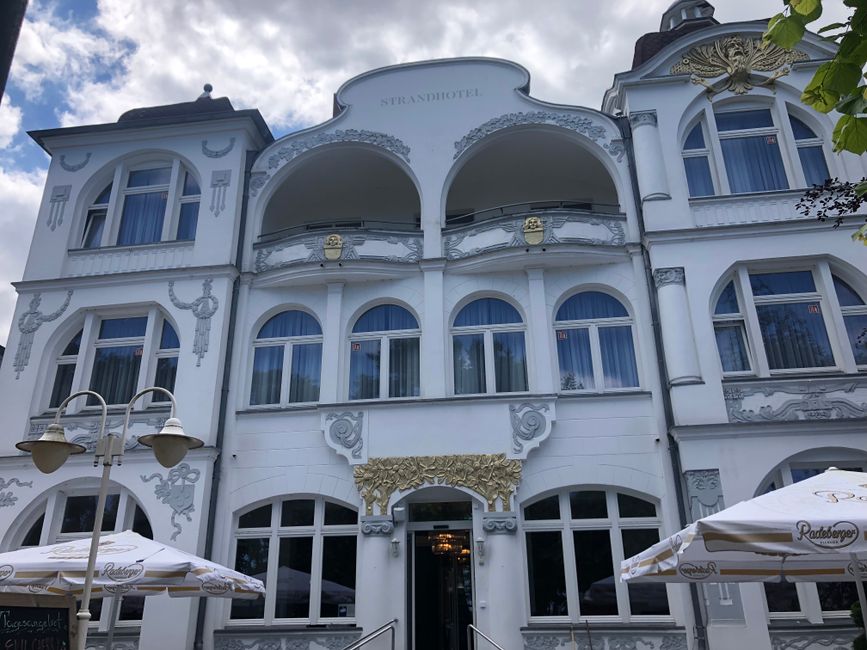
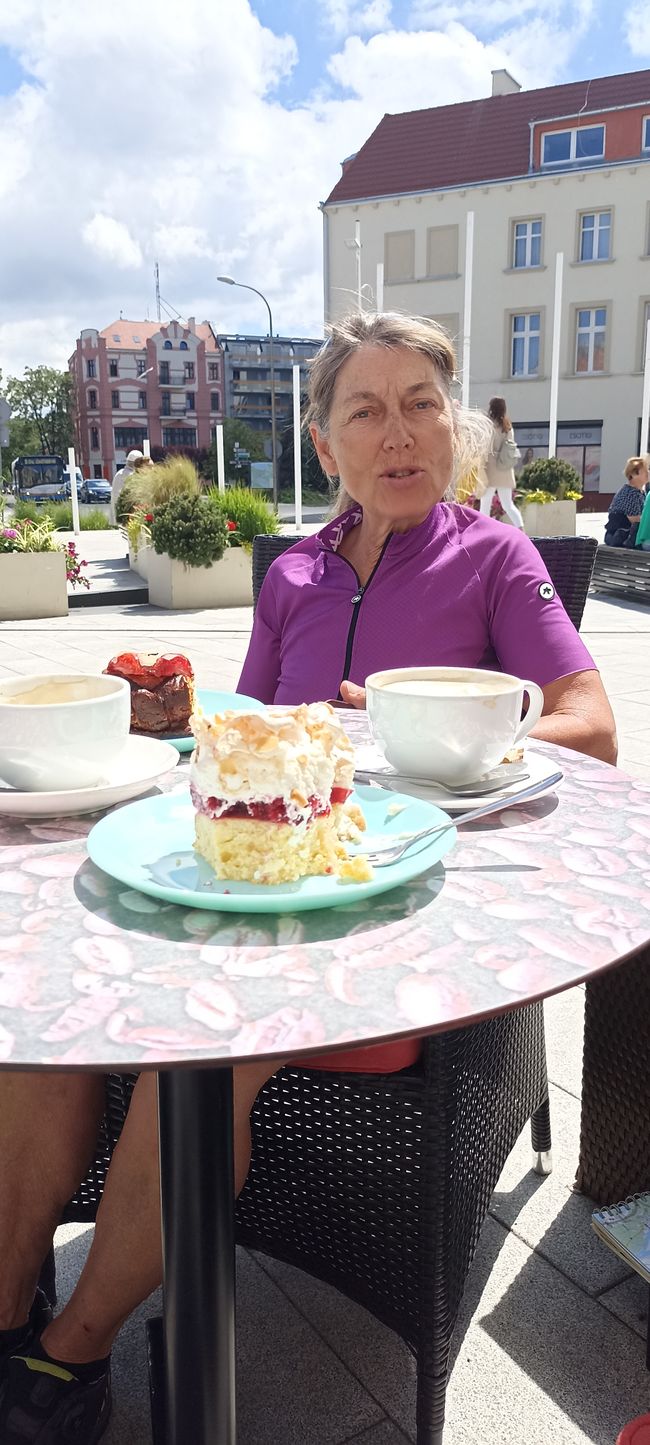
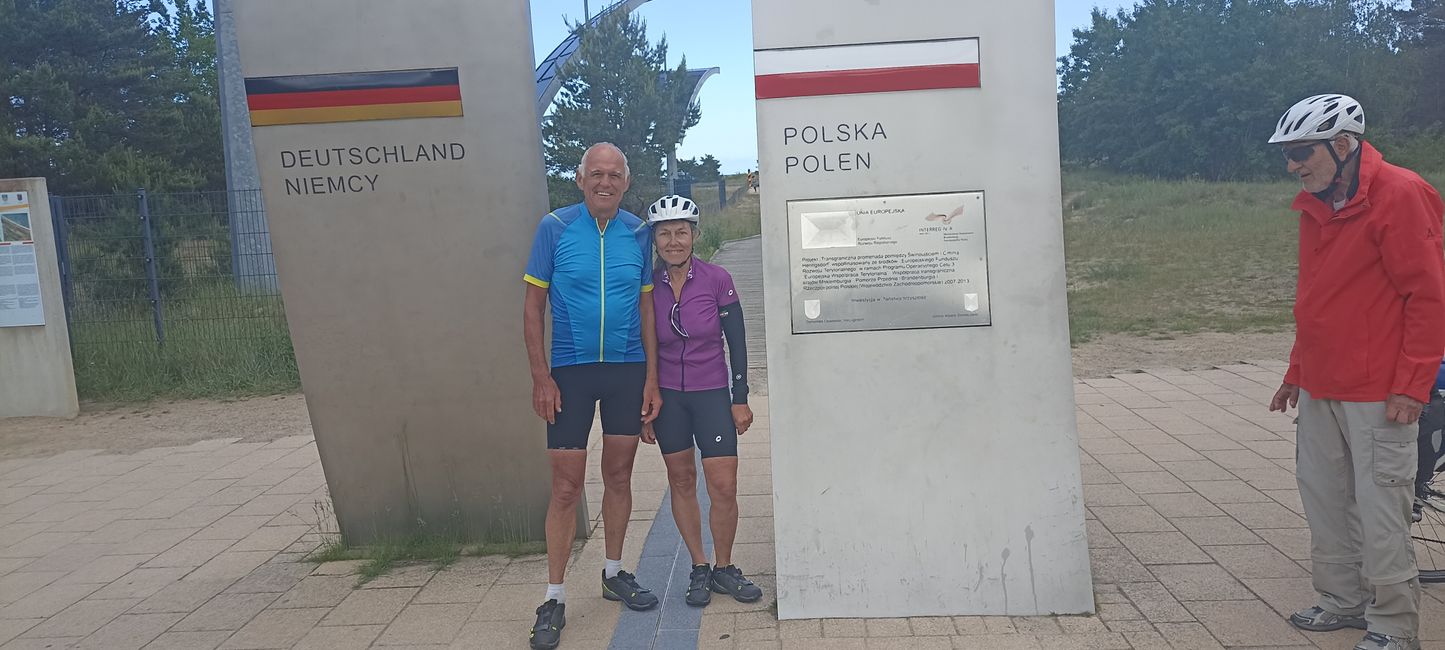
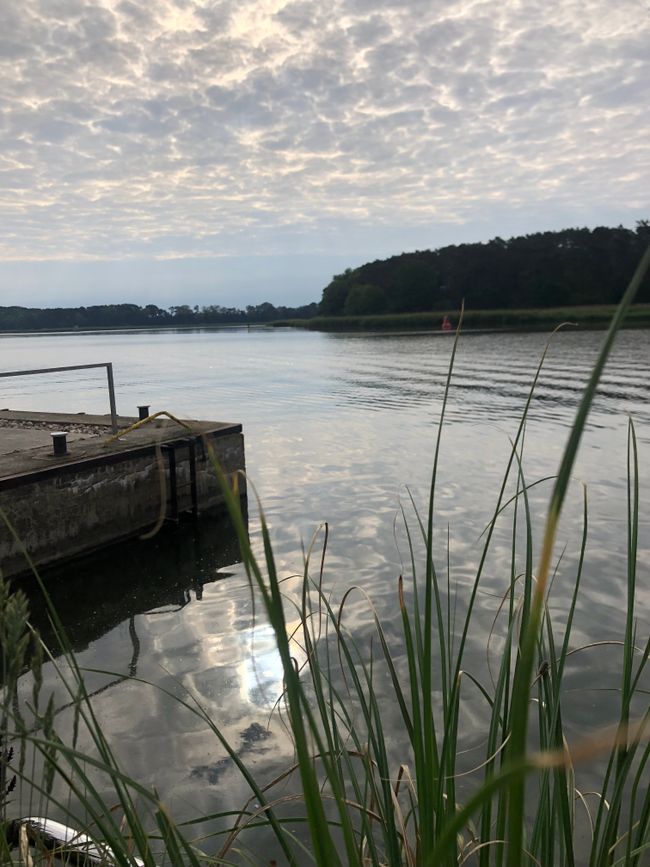
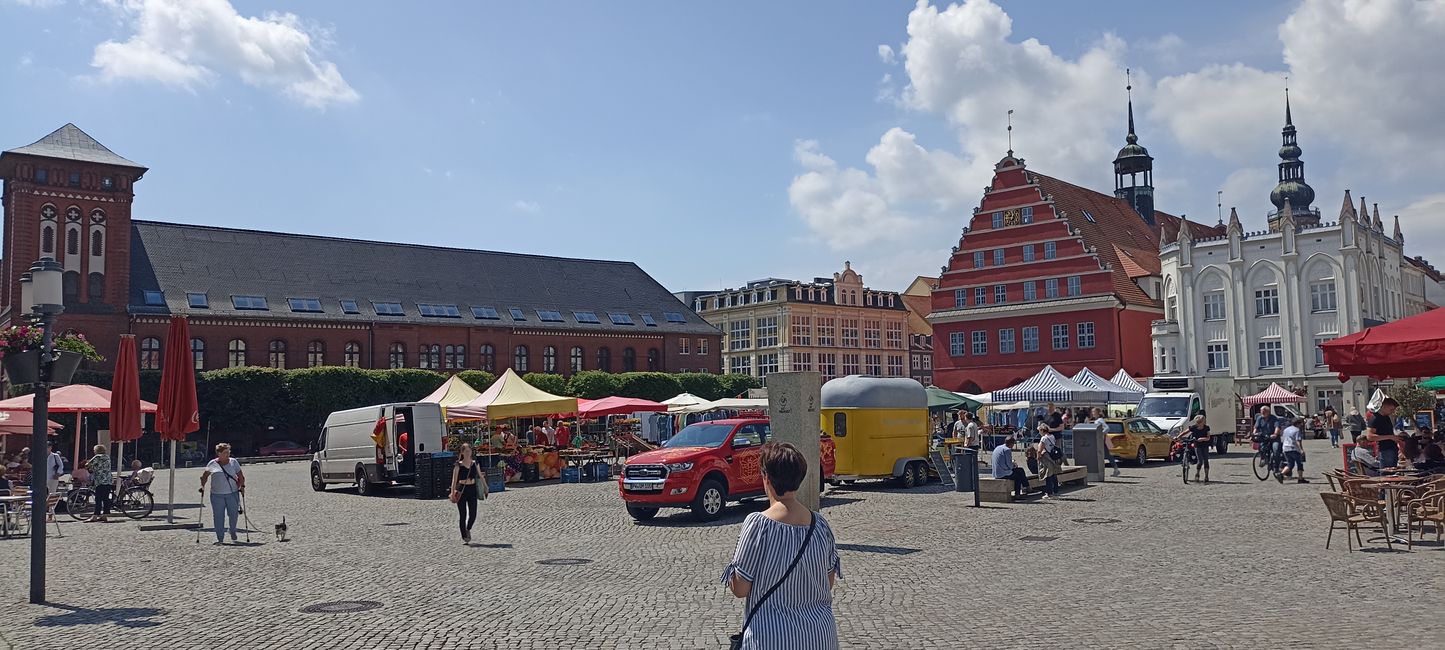
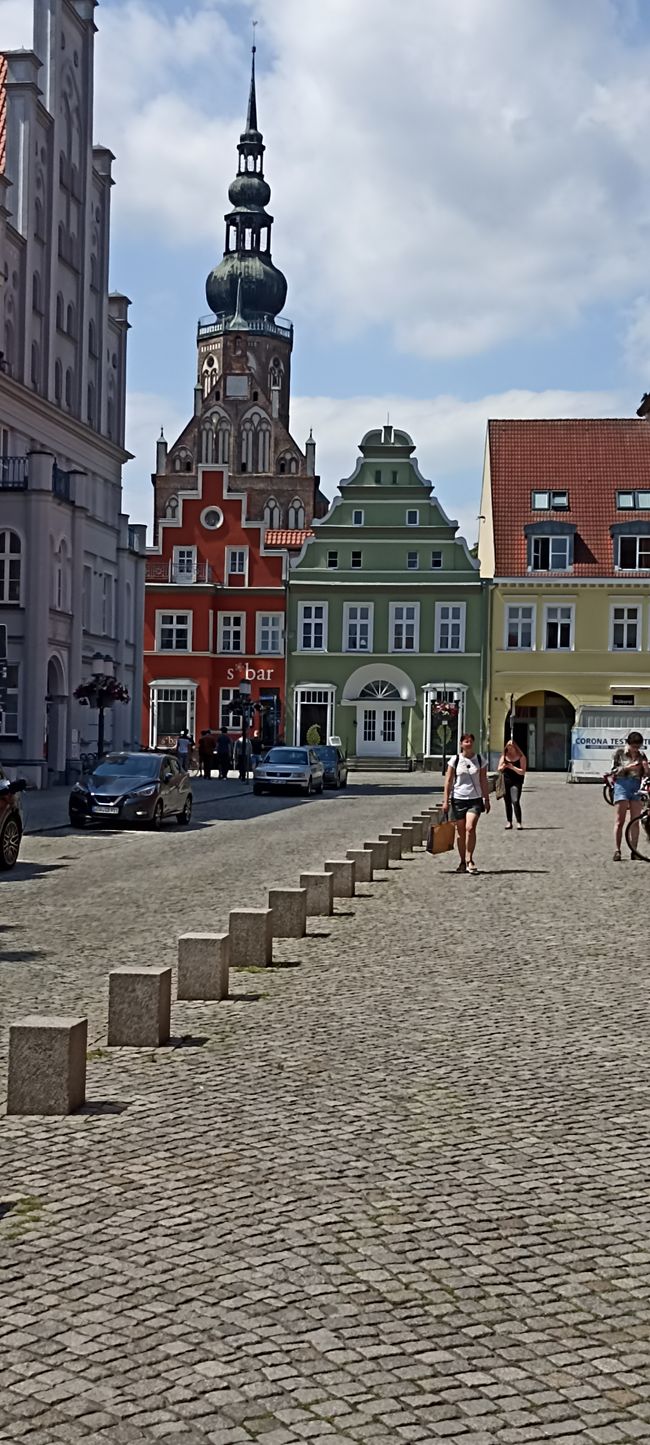
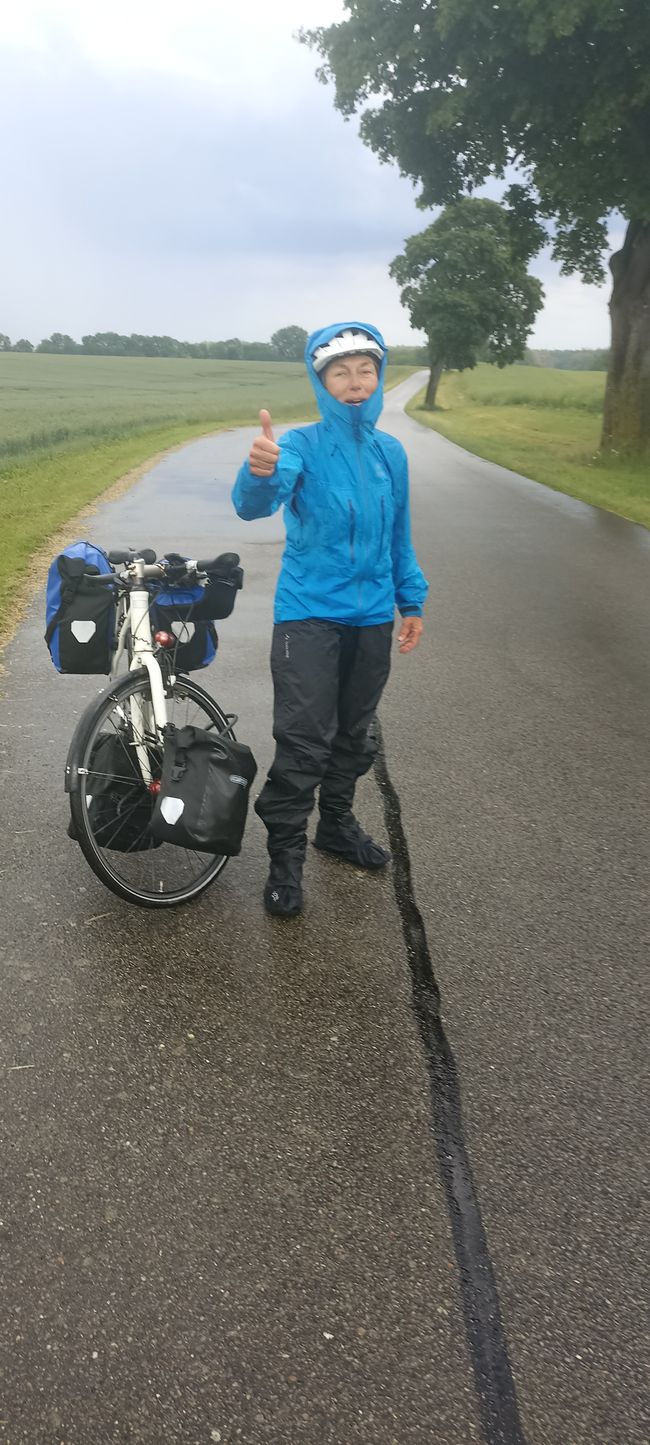
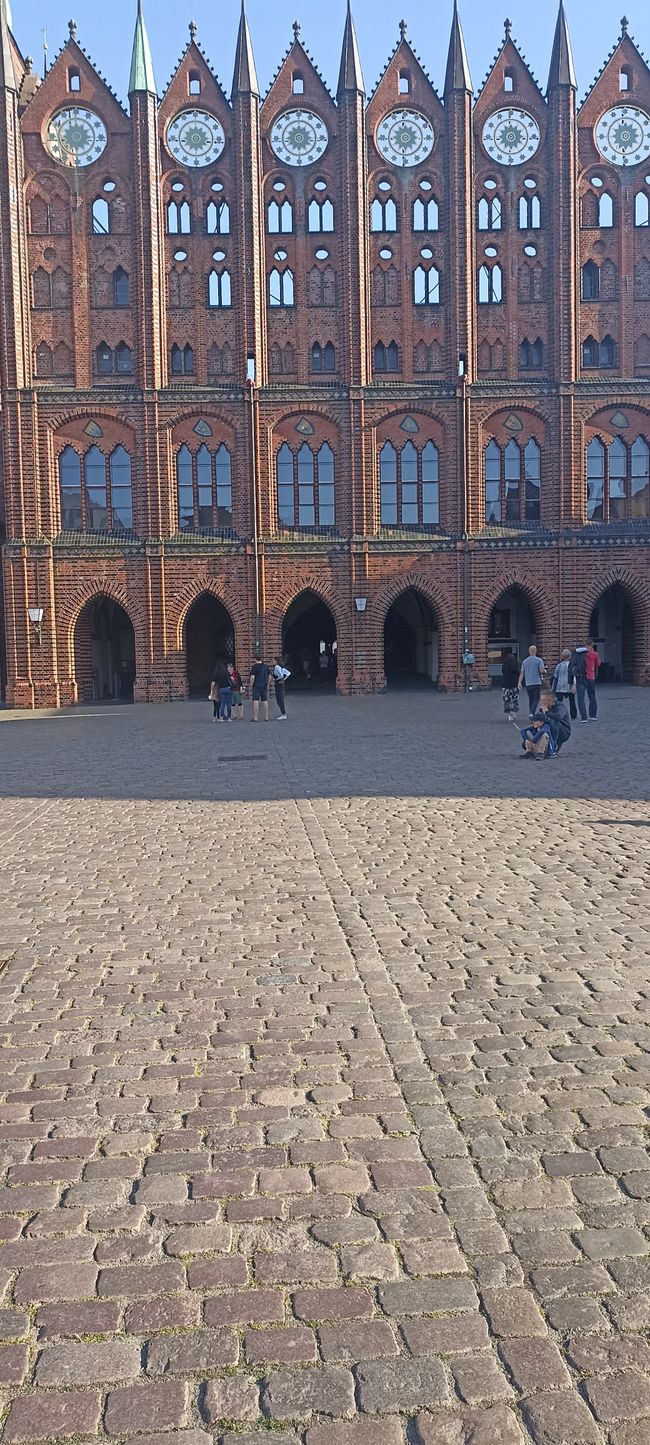
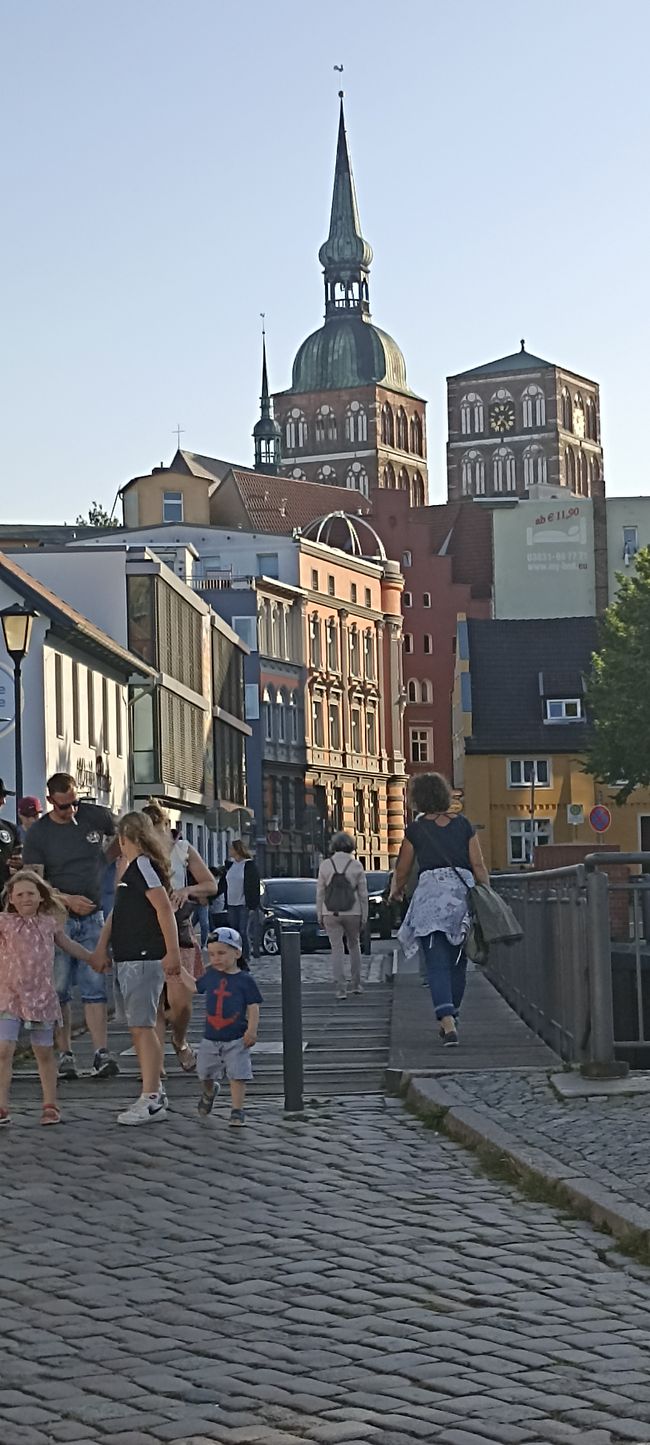
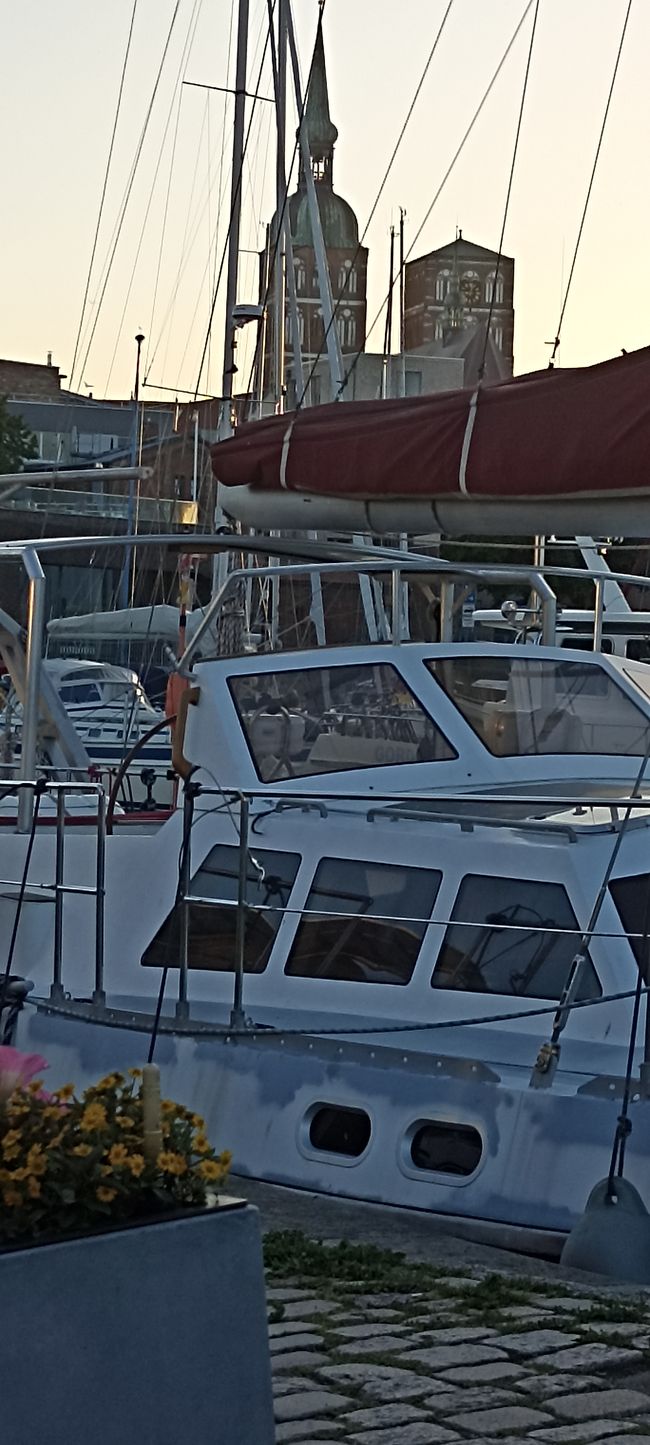
Iyandikishe mu kinyamakuru
Day 4: Garski - Kolobrzeg - Niechorze - Dziwnow - Miedzywodzie 100 km
On a sunny day, after a morning swim in the cold Baltic Sea, we set off to Kolobrzeg. The 1000-year-old city of Kolberg was once the "Pearl of the Baltic Sea." The Hanseatic League, bishopric, later garrison, and fortress shaped the city until the 19th century. Later, tourism came - Kolberg, along with Berchtesgaden and Garmisch-Partenkirchen, was one of the most noble summer destinations of the German Empire. Some may also know the Nazi propaganda film "Kolberg." After the lost battle in Stalingrad, this film was supposed to show, "that a united people in their homeland and on the front overcomes any opponent," based on the defense of Kolberg 1807: against the French. The lead roles were cast with a star ensemble, including Heinrich George as Nettelbeck, and most of the exterior scenes were filmed in the original locations in Kolberg. The film was released shortly before the end of the war and received little attention. In March 1945, the city was 90% destroyed, and 17,000 people lost their lives. After the war, hardly anything was reconstructed, but the city is once again an important center of the region. We visit the St. Mary's Basilica, which was rebuilt in Brick Gothic style on crooked pillars. From Kolobrzeg, we ride along the coast and through impressive coastal forests to Niechorze. There we treat ourselves to fish for strength, which is available on almost every street corner here. Right after that, we reach Rewal and pass by the ruins of Trzesacz. In 1900, the majority of the church on the cliff coast collapsed, leaving only the south wall. It is only with difficulty that we find the cycle path to Dziwnow, where we cross the bridge over one of the three Odra river mouths. We decide to stay in accommodation in Miedzywodzie.
Day 5: Miedzywodzie - Miedzyzdroje - Swinoujscie - Imperial Baths - Peenemünde - Wolgast 100 km
In the morning, it is slightly cloudy, but it becomes sunny and warm during the day. We ride the longest stretch on the road until Miedzyzdroje and also have a few meters of altitude to overcome. We continue on bumpy forest paths to Swinoujscie, the border town on the Swina. We cross the river with the free ferry, the middle of the three estuary arms into the Baltic Sea from the Odra flowing into the Szczecin Lagoon. During one of the last attacks in March 1945, the city was almost completely destroyed. The devastating US air raid was particularly severe for the people fleeing from the east. This attack claimed up to 20,000 victims, who were buried in mass graves. Only slightly more than 400 victims are known by name.
At the city border, there is also the German-Polish border, which is symbolically marked with a gate. Now you ride on very beautiful paths through the imperial baths Ahlbeck, Heringsdorf, and Basin. Of course, you are not alone on the promenade with the beautifully renovated hotels and guesthouses. Behind Basin, it goes steeply up into the forest, which also means that there are few cyclists left. Via the Baltic Sea resorts Ückeritz, Korswandt, Zempin, Zinnowitz, and Karlshagen, you reach Peenemünde. According to Hitler's wishful thinking, the weapon that was supposed to ensure the final victory was to be produced there. The V2! The most famous inhabitant of Peenemünde, SS Obersturmbannführer Wernher von Braun, was supposed to guarantee its success. Jewish concentration camp prisoners were driven day and night under inhumane conditions to produce as many weapons as possible in the production.
From Peenemünde, it is not far to Wolgast, the former residence of the Dukes of Pomerania. Today, in addition to the church, the Peene shipyard dominates the town. We set up our tent on a beautiful campsite by the water, under the trees.
Conclusion after one week and 450 km of cycling in Poland
The paths were better than feared. We almost completely avoided the sandy trails.
Noticeable was the construction boom along the coast. Multistory luxury apartment buildings are being built everywhere near the beach.
The impression from 2018 has been reinforced: there is no coziness in the bars and restaurants. Almost everything gives the impression of fast-food restaurants that close at 7 p.m.
Most Poles were friendly to us, but it is difficult to tell from their facial expressions.
The Baltic coast in Poland seems to be an eternal white sandy beach.
The solidarity with Ukraine can be felt and seen.
Motorists are very considerate towards us cyclists.
And: Polish is a very difficult language!
Day 6: Wolgast - Greifswald - Stralsund 100 km
In Wolgast, we briefly look for the cycle path, but then we go north not far from the Peenestrom until we reach the Baltic coast near the seaside resort of Lubmin. Shortly before that, we pass the remains of the Greifswald nuclear power plant, where a near-catastrophe almost occurred in 1973. After the end of the GDR, the reactor was dismantled in the world's largest decommissioning project for more than €4 billion. Anyone who knows the problems and the follow-up costs cannot be in favor of continuing to operate nuclear power plants or even building new ones. Through lonely villages along the Danish Bay, we reach Greifwald at noon. This beautiful city, whose historic city center was preserved thanks to the surrender to the Red Army without fighting, has been a member of the Hanseatic League since the 13th century and is home to the second oldest university in the Baltic Sea region.
On the way to the next Hanseatic city of Stralsund, there is a long stretch of cobblestone pavement. When the navigation system suggests another route, we follow it, even though it is about 10 km longer. We ride on small, mostly paved roads through remote villages, most of which end with -hagen (Steffenhagen, Petershagen....). So we struggle with a slight headwind and a bonk (there is no store along the way) until Stralsund, where we have booked a nice hotel in the city center. 19 years ago, I was already in Stralsund on our first men's tour, but the city is hardly recognizable - as well as the entire port area with the modern construction of the Ozeaneum.
Iyandikishe mu kinyamakuru
Igisubizo
